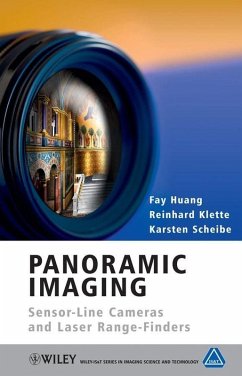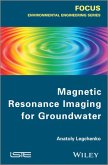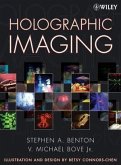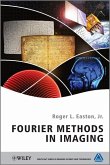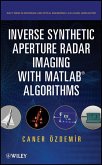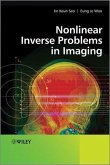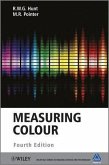Panoramic imaging is a progressive application and research area. This technology has applications in digital photography, robotics, film productions for panoramic screens, architecture, environmental studies, remote sensing and GIS technology. Applications demand different levels of accuracy for 3D documentation or visualizations. This book describes two modern technologies for capturing high-accuracy panoramic images and range data, namely the use of sensor-line cameras and laser range-finders. It provides mathematically accurate descriptions of the geometry of these sensing technologies and the necessary information required to apply them to 3D scene visualization or 3D representation. The book is divided into three parts: * Part One contains a full introduction to panoramic cameras and laser range-finders, including a discussion of calibration to aid preparation of equipment ready for use. * Part Two explains the concept of stereo panoramic imaging, looking at epipolar geometry, spatial sampling, image quality control and camera analysis and design. * Part Three looks at surface modelling and rendering based on panoramic input data, starting with the basics and taking the reader through to more advanced techniques such as the optimization of surface meshes and data fusion. * There is also an accompanying website containing high-resolution visual samples and animations, illustrating techniques discussed in the text. Panoramic Imaging is primarily aimed at researchers and students in engineering or computer science involved in using imaging technologies for 3D visualization or 3D scene reconstruction. It is also of significant use as an advanced manual to practising engineers in panoramic imaging. In brief, the book is of value to all those interested in current developments in multimedia imaging technology
Dieser Download kann aus rechtlichen Gründen nur mit Rechnungsadresse in A, B, BG, CY, CZ, D, DK, EW, E, FIN, F, GR, HR, H, IRL, I, LT, L, LR, M, NL, PL, P, R, S, SLO, SK ausgeliefert werden.

